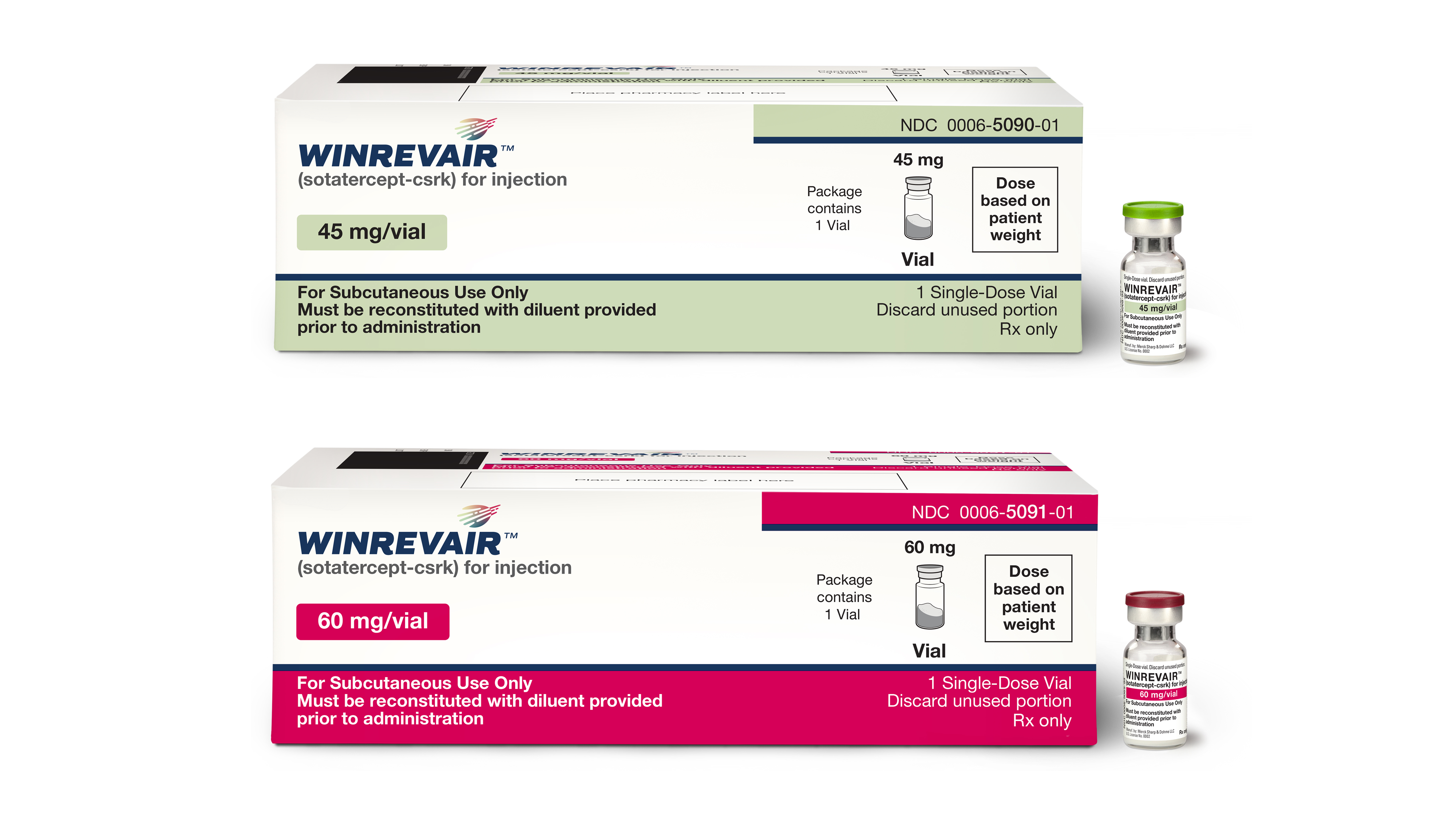Researchers at the University of Pittsburgh have used ultrasound and microbubbles to effectively deliver gene therapy into cells. The details of the technique – known as sonoporation – have been published in the journal, Proceedings of the National Academy of Sciences (PNAS).
“We can use ultrasound energy in combination with small, gas-filled bubbles to selectively open up cells to allow the delivery of therapeutic agents,” said Journal Dr. Brandon Helfield, postdoctoral fellow at the Center for Ultrasound Molecular Imaging and Therapeutics at the University of Pittsburg Medical Center (UPMC), and the study’s lead author. “With a focused ultrasound beam, this approach lets us tune this delivery to the precise location of disease while sparing healthy tissue. Our study looks at some of the biophysics at play and helps us get closer to refining this technique as a clinical tool.”
Viruses are most often used as vectors to deliver gene therapy into cells, however this method can cause severe inflammatory immune system reactions. In order to develop a gene delivery method with less potential side effects, Helfield and his colleagues used intravascular microbubbles which can be induced to release their gene payload by the application of directed ultrasound energy.
To study the biophysics of sonoporation, the researchers developed the first ultrafast imaging camera in North America, capable of capturing images at up to 25 million frames per second. Using this camera, they were able to determine the minimum amount of shear stress generated by the oscillating bubbles capable of causing small perforations in the target cell membrane. Once formed, these pores allow the gene therapy to enter the cell.
“By allowing us to actually see the microbubbles vibrating at millions of times per second, our unique camera enabled us to determine that microbubble-induced shear stress is the critical factor for sonoporation,” said Dr. Xucai Chen, research associate professor of medicine, Pitt Division of Cardiology, and Pittsburgh Heart, Lung and Blood Vascular Medicine Institute. “This new information, in turn, will facilitate the intelligent design of treatment protocols and microbubble fabrication to preferentially cause the desired effect of opening nearby cells. It also gives us a starting point to investigate how cells cope with this treatment.”
The researchers were able to observe a single microbubble oscillating at one million times per second using their ultrafast imaging camera. Their data on sonoporation could eventually help others determine the optimal microbubble design and ultrasound amplitude for targeted gene therapy for clinical use.
“It’s critical for us to understand the biophysical mechanisms of sonoporation in order to translate this approach into an effective gene or drug delivery tool for patients,” said Dr. Flordeliza Villanueva, professor of medicine at Pitt, director of the Center for Ultrasound Molecular Imaging and Therapeutics, and the senior author of the investigation. “Building on the PNAS study, we are continuing to investigate how sonoporation affects the function of treated cells and to develop strategies to maximize its therapeutic effects.”












Join or login to leave a comment
JOIN LOGIN